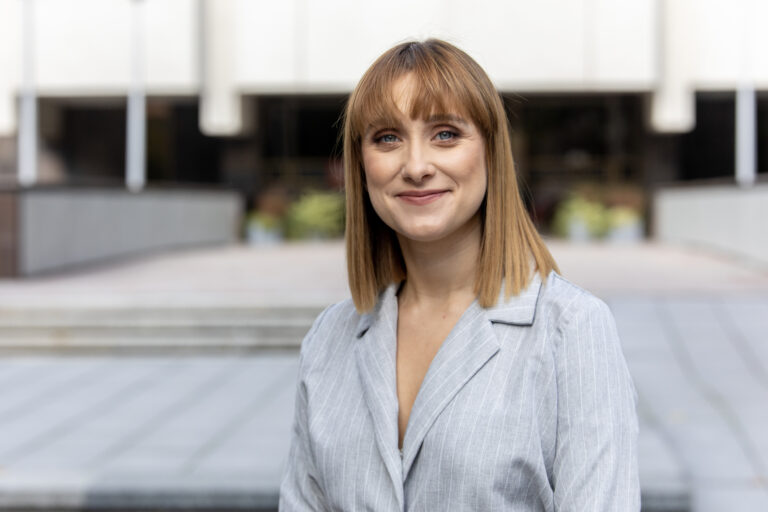Kurkime modernią Lietuvos ateitį kartu
RegistruotisMinistry of Education, Science and Sports of the Republic of of Lithuania
Recognition and education of pupils with high learning potential
Problema
According to the 2015 According to the results of PISA studies, the difference in achievement of students attending different areas (metropolitan, urban, rural) is twice as high as the average of OECD countries. The achievement gap is observed both in different disciplines and at different levels of education. Today, there are 957 schools operating in Lithuania, of which 331 schools are in rural areas (Official Statistics Portal, 2021). Village children would need more than 2 additional school years to catch up with the Vilnius average. During the first project “Reducing the gap in the field of education in different regions“, it was identified that such a gap can arise for different reasons, one of them being the insufficient recognition of children with great learning potential.
How do we imagine children with high learning potential today? Are they always only bright and motivated school students? Scientists, educators and teachers agree that it is not always the case. Pupils with high learning potential at times stand out as demanding, questioning teachers, and not always behaving properly during lessons (Girdzijauskienė et al., 2018: 6). The perception of a student with high learning potential may not be the same as what the child really is. Looking at data on pupils with high learning potential in Lithuania, the number is estimated to be between 15% and 20%. These figures are also proved by a survey conducted in Lithuania: about 20% of them are in the upper grades and about 17% of primary school pupils. That is about a fifth of all school students.
Identification and education are important for empowering students with high learning potential. Teachers admit that they lack knowledge about children with great learning, potential and methodical tools (Valiušytė, Lamanauskas, 2021: 33; Švietimo naujienos, 2022).
The Law on Education of the Republic of Lithuania (1991) and other accompanying legal documents do not have a consistent and clear strategy for the education and identification of students with high learning potential, as a result of which there is a lack of inter-institutional cooperation and a clear distribution of responsibilities. For this reason, stakeholders use different concepts that do not always mean the same thing or are not explained. Also, the education law does not clearly establish whether these students are classified as having special educational needs; have the right to receive additional pedagogical and psychological help.
Tikslas
To increase the importance of the topic of students with high learning potential in institutions and the Education Law of the Republic of Lithuania and to provide knowledge to staff of schools and stakeholders on how to respond to the educational needs of these children.
Projekto eiga
2022/03/31
Completed an analysis of ‘high learning potential’ and ‘gifted’ concepts in Lithuanian legal documents
2022/04/26
Completed an analysis of best foreign practices regarding formal, non-formal and informal education
2022/05/02
Completed an overview of current situation in Lithuania; created a “Scheme of recognition and education of pupils with high learning potential”; presented results to the Ministry of Education, Science and Sports
2022/06/02
Carried out a public consultation and prepared reports
2022/08/12
Prepared an educational aid implementation plan together with the National Agency for Education
2022/08/29
Organised a conference for staff members of Lithuanian schools “Empowering (yourself): I am educating a child with high learning potential”
2022/09/02
Prepared an overview of the current educational legal acts of the Republic of Lithuania and proposed an amendment to the Law on Education
Projekto failai
Rezultatas


